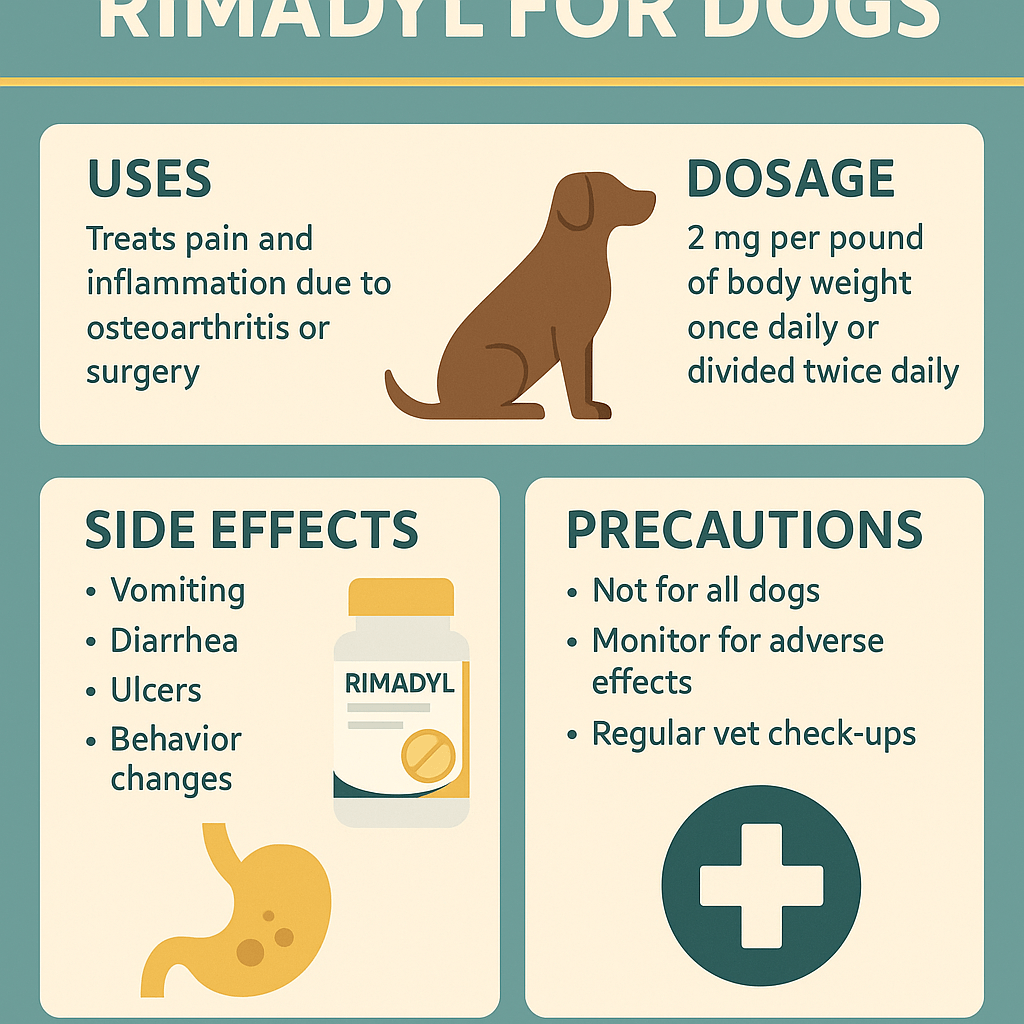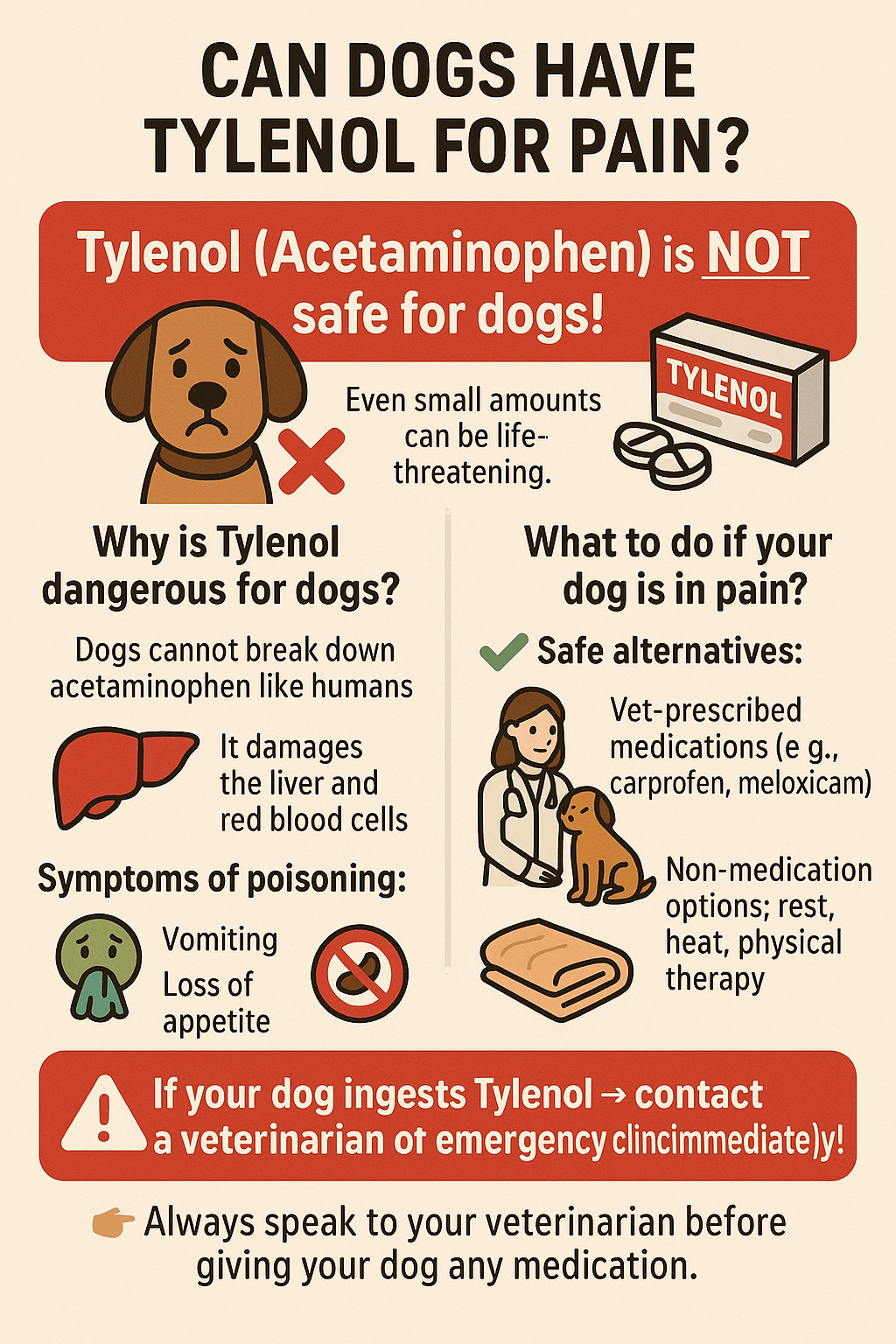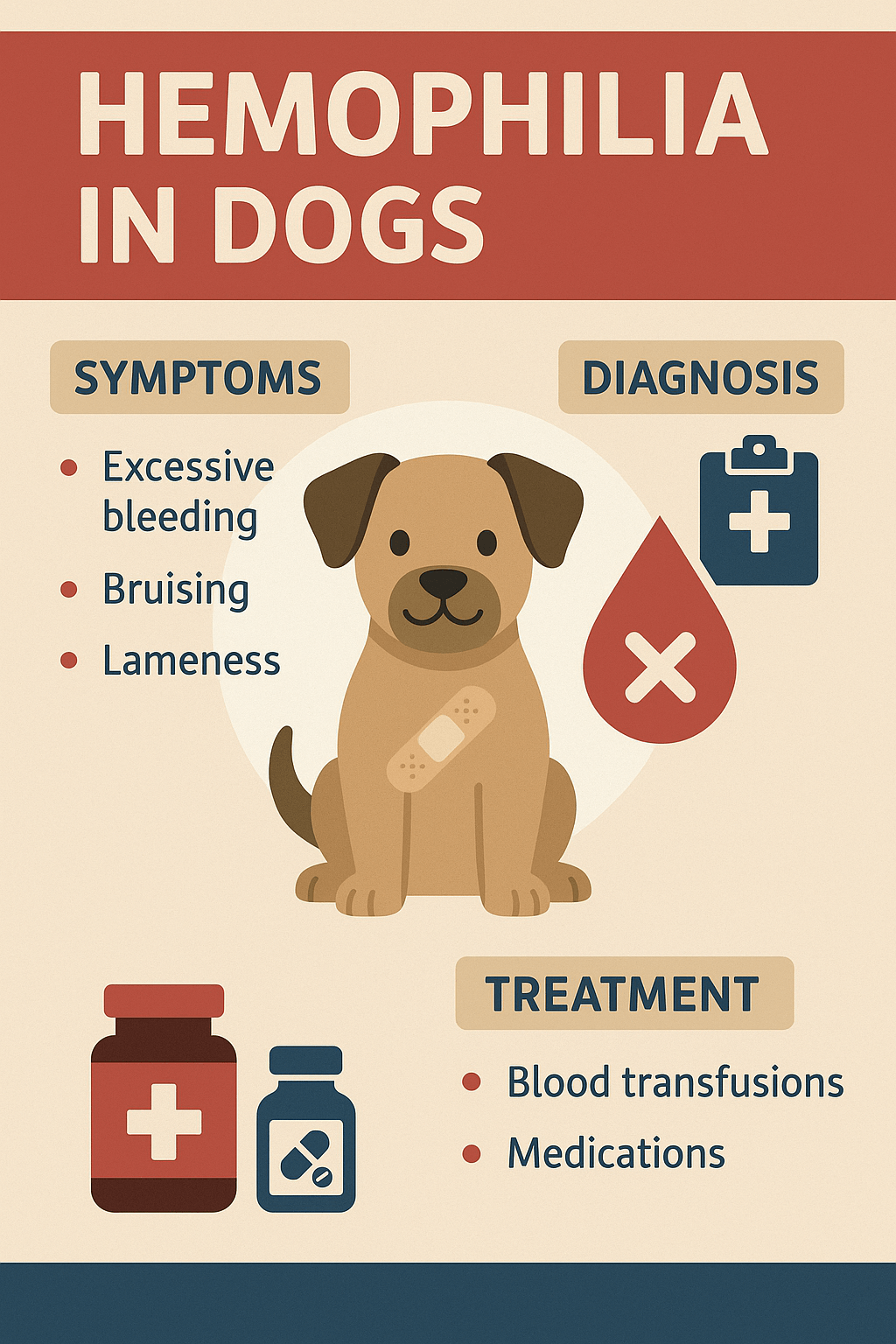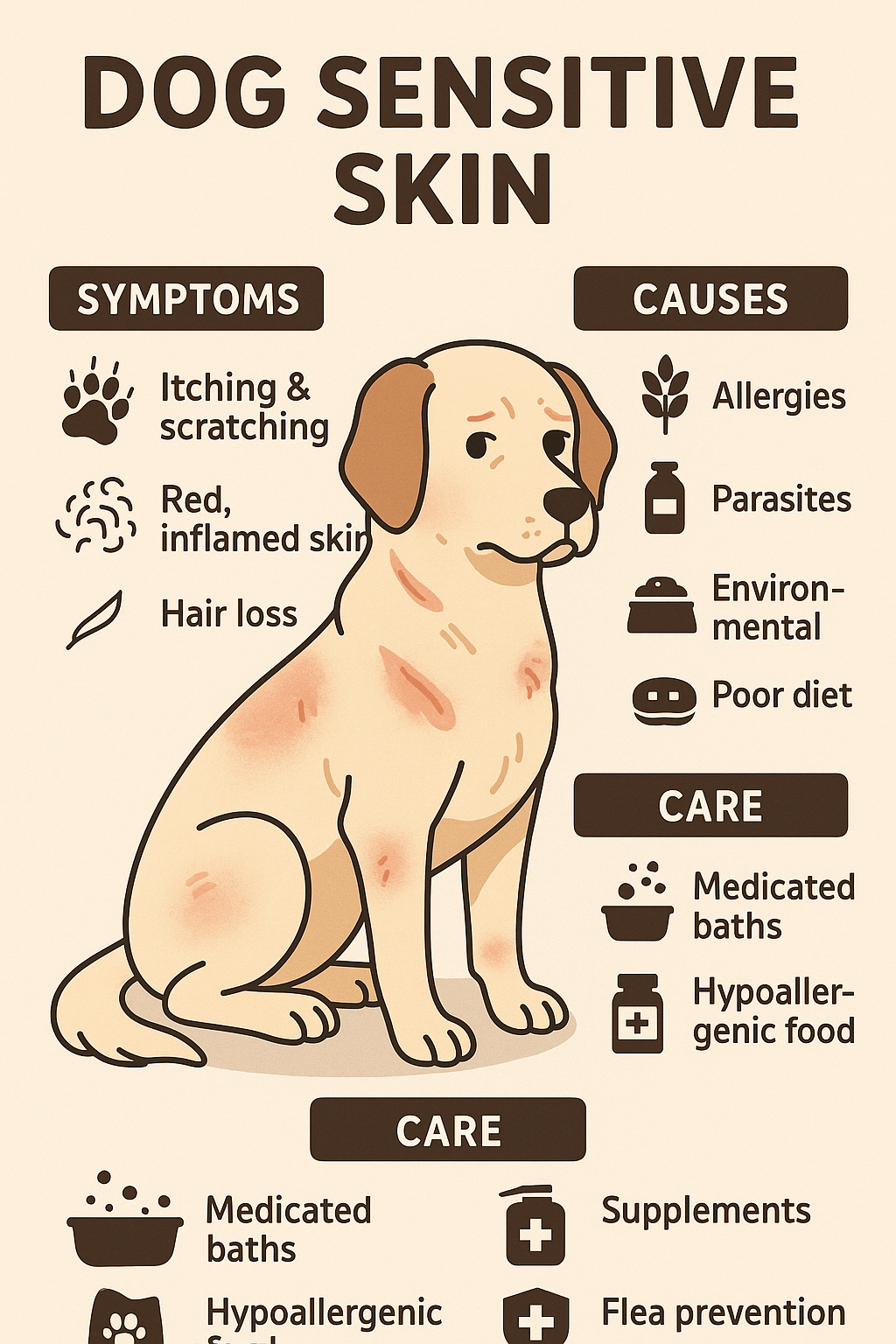Visual Signs of Dog Labor: What to Look For
Welcoming a litter of puppies into the world is an exciting yet nerve-wracking experience for any dog owner. Understanding the visual signs of dog labor is crucial to ensure your furry friend has a safe and smooth delivery. While every dog is unique, there are common physical and behavioral cues that indicate your dog is preparing for or going into labor. Recognizing these signs will help you provide the support and care your dog needs during this critical time. In this blog post, we’ll explore everything you need to know about identifying the visual signs of dog labor and what they mean for your pet’s journey into motherhood.
Early Visual Signs That Labor Is Approaching
As your dog nears her due date, her body and behavior will start showing subtle but important changes. These early signs can give you a heads-up that labor is on the horizon.
Swollen or Enlarged Abdomen:
Your dog’s belly may appear larger and more pronounced as the puppies move into position for birth.Drop in Body Temperature:
While not visually obvious without a thermometer, a drop in rectal temperature (below 99°F) signals impending labor within 24 hours.Restlessness and Pacing:
Increased movement, pacing, or inability to settle down are visual indicators that your dog is feeling uncomfortable and preparing for labor.Nesting Behavior:
You may notice your dog rearranging bedding, digging, or circling in her whelping area as she prepares a comfortable spot for delivery.Loss of Appetite:
A sudden disinterest in food is a common visual clue that labor is approaching, often occurring 24-48 hours beforehand.
These early signs allow you to prepare for the upcoming delivery while providing reassurance that your dog’s body is progressing naturally.
Physical Changes During Active Labor
Once labor begins, your dog will exhibit more noticeable physical changes. These visual cues confirm that the birthing process is underway and require close monitoring.
Visible Contractions:
Strong abdominal contractions become visible as your dog’s body works to push the puppies out.Vaginal Discharge:
A clear, pinkish, or slightly bloody discharge is normal and indicates the cervix is dilating.Panting and Heavy Breathing:
Rapid panting is a common sign of discomfort and effort during labor.Whining or Vocalizations:
Your dog may whimper, whine, or vocalize as she experiences pain or pressure from contractions.Protrusion of a Puppy:
In some cases, you may see a puppy’s head, feet, or body visibly emerging from the birth canal.
These physical changes are natural during labor but should be monitored closely to ensure everything progresses smoothly.
Check this guide 👉Beginning Stages of Dog Labor: Best 7 Expert Tips!
Check this guide 👉Can a Dog in Labor Drink Water? Best 7 Expert Tips!
Check this guide 👉Signs a Dog Is Going Into Labor Soon: Best 7 Expert Tips!
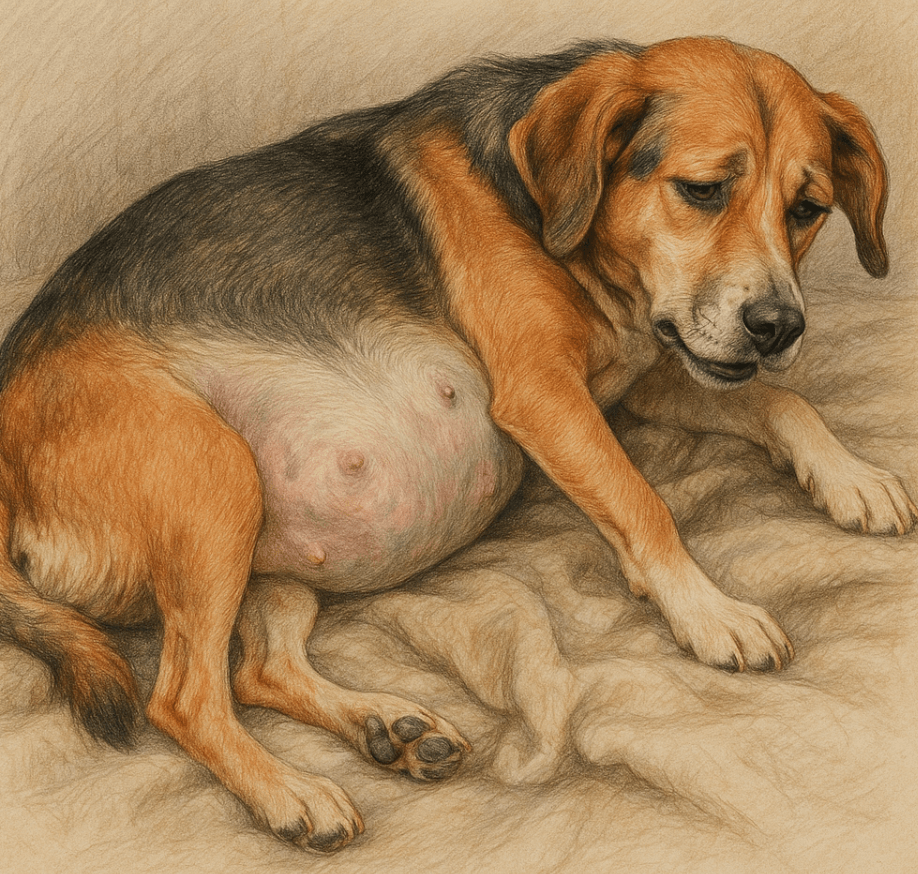
Signs of Pre-Labor | Signs of Active Labor |
|---|---|
Swollen abdomen | Visible contractions |
Drop in body temperature | Vaginal discharge |
Restlessness and pacing | Panting and heavy breathing |
Nesting behavior | Whining or vocalizations |
Loss of appetite | Protrusion of a puppy |
Behavioral Changes to Watch For
In addition to physical signs, your dog’s behavior will shift significantly as labor approaches and progresses. These changes can provide valuable insights into her emotional and physical state.
Increased Affection:
Some dogs seek extra attention, cuddling, or staying close to their owners as a source of comfort.Isolation:
Conversely, other dogs may withdraw and seek solitude, retreating to quiet spaces to prepare for labor.Anxiety or Agitation:
Signs of nervousness, such as trembling, excessive licking, or pacing, indicate your dog is feeling stressed.Frequent Urination:
Frequent trips outside or accidents indoors may occur as the body prepares for delivery.Refusal to Lie Down:
Your dog may struggle to find a comfortable position and avoid lying down for extended periods.
Understanding these behavioral shifts helps you anticipate your dog’s needs and provide appropriate support during this vulnerable time.
What to Do If Labor Seems Abnormal
While most deliveries proceed without complications, it’s essential to recognize when something might be wrong. Here’s what to watch for and how to respond.
Prolonged Labor Without Progress:
If your dog has been straining for over an hour without delivering a puppy, contact your veterinarian immediately.Excessive Bleeding:
More than a small amount of blood or continuous bleeding is a red flag requiring urgent medical attention.Green Discharge Before Delivery:
A greenish discharge before a puppy is born could indicate placental separation and potential distress.Weak or Absent Contractions:
Lack of strong contractions despite visible signs of labor may signal a problem with uterine inertia.Visible Distress in the Dog:
Signs like extreme lethargy, collapse, or unresponsiveness demand immediate veterinary intervention.
Being vigilant about these warning signs ensures your dog receives timely care if complications arise.
How to Prepare for Dog Labor in Advance
Preparation is key to ensuring a smooth delivery for your dog. Taking proactive steps ahead of time can make a significant difference when labor begins.
Set Up a Whelping Box:
Create a clean, comfortable, and private space where your dog can give birth and care for her puppies.Gather Supplies:
Have towels, gloves, a thermometer, and emergency contact numbers ready for use during labor.Learn Puppy Handling Basics:
Familiarize yourself with how to safely handle newborn puppies in case assistance is needed.Schedule a Pre-Labor Vet Check:
A final checkup with your vet ensures your dog is healthy and confirms the expected due date.Stay Calm and Patient:
Your calm demeanor will reassure your dog and create a stress-free environment for labor.
By preparing in advance, you set the stage for a successful and stress-free delivery.
Post-Labor Care Tips for Mom and Puppies
After labor, your dog and her puppies will need special care to recover and thrive. These tips ensure a smooth transition into their new roles.
Monitor the Mother’s Health:
Check for signs of infection, excessive bleeding, or refusal to eat after delivery.Encourage Nursing:
Ensure the puppies are nursing properly to receive vital colostrum and nutrients.Keep the Whelping Area Clean:
Regularly clean bedding and remove soiled materials to maintain hygiene and prevent infections.Limit Stress and Visitors:
Minimize disturbances to allow the mother and puppies time to bond in peace.Schedule a Postpartum Vet Visit:
A follow-up appointment ensures the health of both mom and her litter.
Proper post-labor care promotes recovery and sets the foundation for a healthy litter.
Common Myths About Dog Labor Debunked
Misconceptions about dog labor can lead to unnecessary worry or mistakes. Clearing up these myths helps you approach the process with confidence.
Myth: Dogs Always Know What to Do During Labor:
While many dogs instinctively handle labor, first-time moms may need guidance or assistance.Myth: All Breeds Deliver Easily:
Some breeds, especially those with narrow hips or large litters, are prone to complications and require extra care.Myth: Labor Always Happens at Night:
While nighttime deliveries are common, labor can occur at any time of day.Myth: You Should Pull Puppies Out Yourself:
Unless absolutely necessary, avoid interfering with the natural birthing process to prevent injury.Myth: A C-Section Is Rare:
Certain breeds, like Bulldogs, frequently require cesarean sections due to their anatomy.
Dispelling these myths ensures you approach dog labor with accurate knowledge and realistic expectations.
Frequently Asked Questions About Dog Labor
How long does dog labor typically last?
Dog labor usually lasts 6-12 hours, though it can vary depending on the breed and individual dog.
What should I do if my dog seems uncomfortable before labor?
Provide a calm environment, ensure she has access to water, and monitor her closely for signs of distress.
Can I leave my dog alone during labor?
It’s best to stay nearby to assist if needed, but avoid interfering unless complications arise.
How many puppies can I expect in one litter?
Litter sizes vary by breed, ranging from 1-2 puppies in smaller breeds to 8-12 in larger breeds.
When should I call the vet during labor?
Contact your vet if labor stalls, excessive bleeding occurs, or your dog shows signs of severe distress.
Supporting Your Dog Through Labor
Recognizing the visual signs of dog labor empowers you to provide the best possible care for your canine companion during this transformative experience. From early nesting behaviors to active contractions, each sign tells a story about your dog’s journey into motherhood. By staying observant, patient, and proactive, you can ensure a safe and positive outcome for both your dog and her puppies. Remember, trust your instincts—if something feels off, don’t hesitate to seek professional guidance. With love, preparation, and attentiveness, you’ll help your dog navigate this incredible milestone with confidence.
Rimadyl for Dogs: Best 7 Expert Tips! Discover expert advice on using Rimadyl safely, managing pain, and improving your dog’s mobility with trusted veterinary insights.
Can Dogs Have Tylenol for Pain? Best 7 Expert Tips! Discover the risks, safe alternatives, and expert advice on managing your dog’s pain effectively while avoiding harmful medications.
Understanding Hemophilia in Dogs: Best 7 Expert Tips! Discover expert advice on managing hemophilia, recognizing symptoms, and ensuring your dog’s well-being with practical care strategies.
Understanding Dog Sensitive Skin: Best 7 Expert Tips! Discover expert advice on managing dog sensitive skin, relieving irritation, and improving your pup’s comfort with practical solutions.

